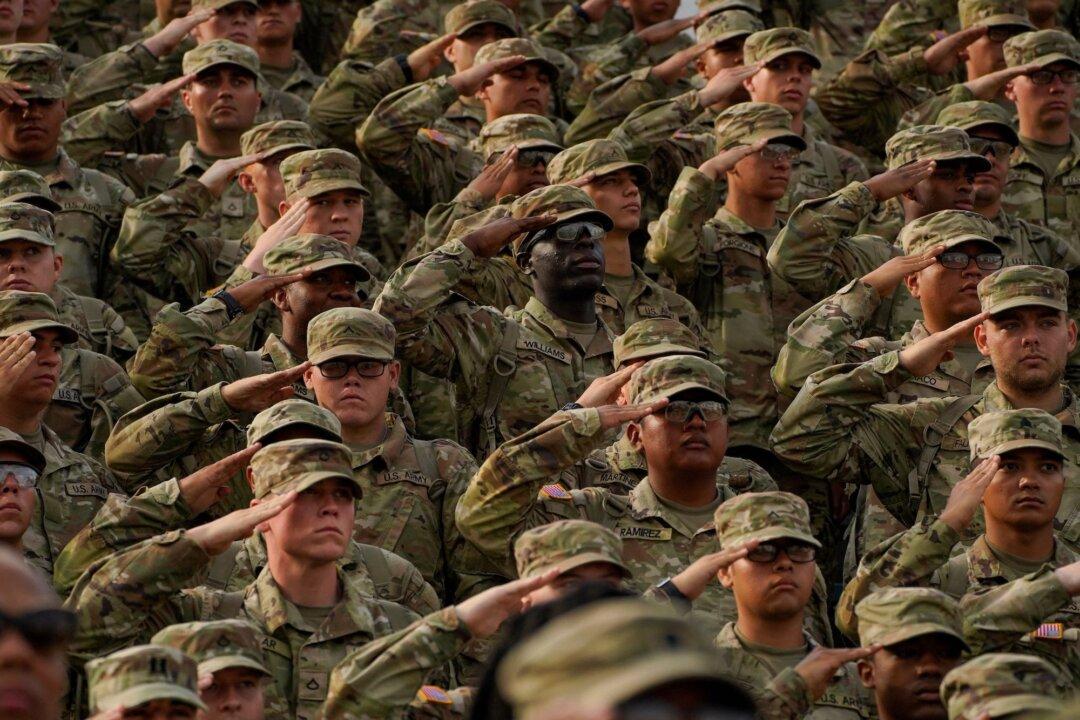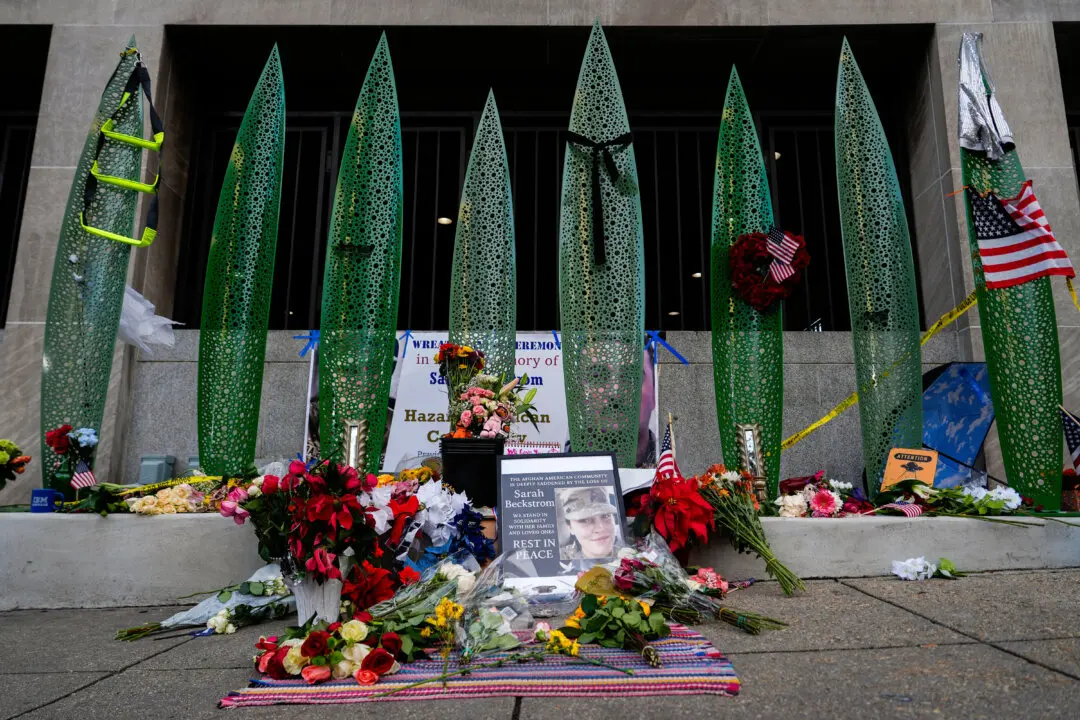Amid a historical shortage of new recruits, the U.S. Army is weighing options to curtail two of its most popular education benefit programs, a decision that could affect more than 100,000 student soldiers who rely on those funds.
The benefits that might face the chopping block are Tuition Assistance and Credentialing Assistance programs. Widely popular among the rank-and-file, the two programs are among the service’s premier tools to attract new recruits and keep experienced soldiers from leaving.





